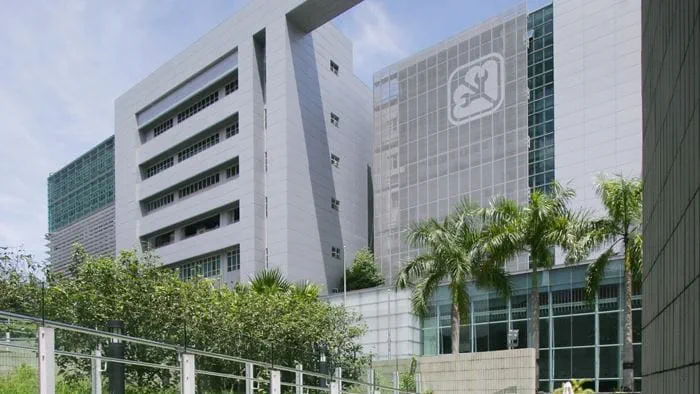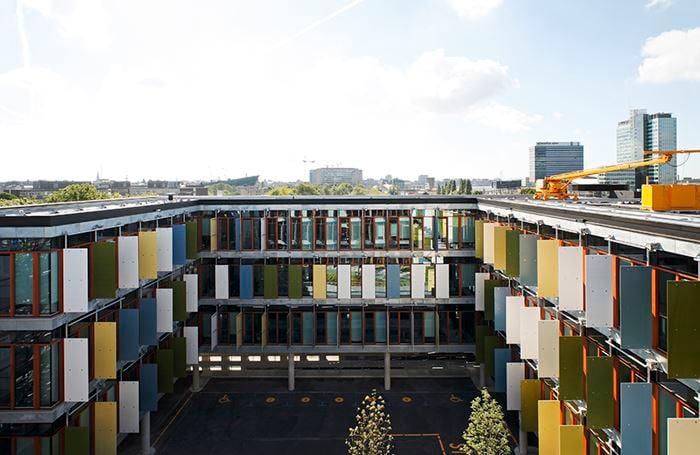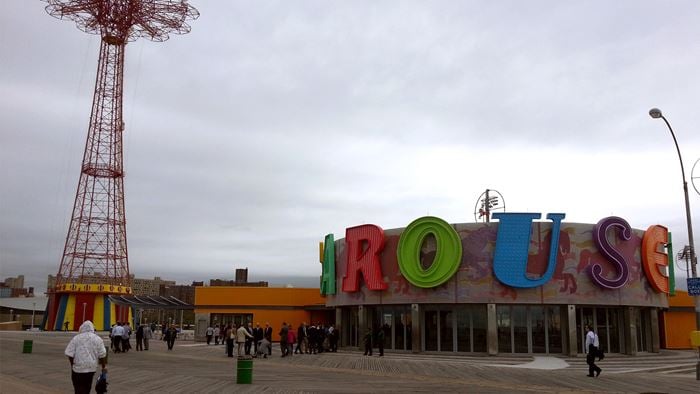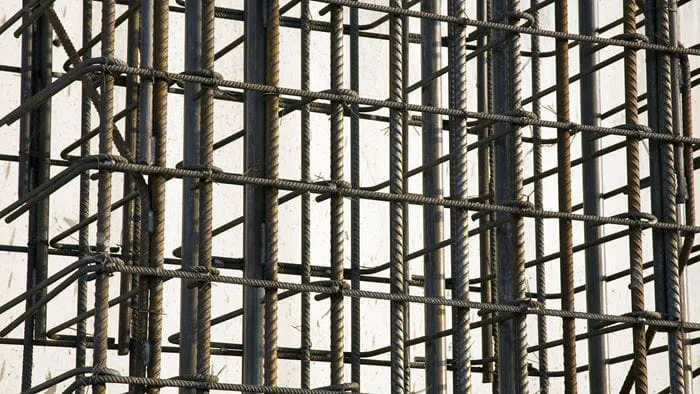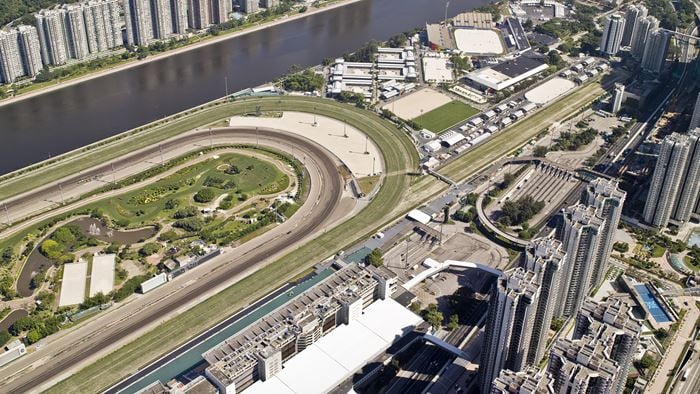Arup, supported by Norconsult and Urbis, was commissioned by the Geotechnical Engineering Office of the Hong Kong Government’s Civil Engineering and Development Department to undertake a strategic planning and technical study on ‘Enhanced Use of Underground Space in Hong Kong’.
-
Download the overview leaflet (PDF 1.6mb)
-
Download the Executive Summary (PDF, 9mb)
Hong Kong’s steep hilly terrain provides a great opportunity for placing urban facilities underground, and the strong granitic and volcanic rocks underlying Hong Kong’s hillsides are particularly suitable for cavern development.
Given the scarcity of land in Hong Kong, going underground is considered a cost-effective option to release above-ground land, particularly in view of the growing public concern with ‘bad neighbour’ facilities that may affect environmental and social well-being.
Promoting use of underground space
This one-year study forms a key element of the Hong Kong Government’s drive to further promote the use of underground space for the foreseeable future and was one of the notable objectives defined within the Chief Executive’s 2009-10 Policy Address.
Project Summary
1 year study for the potential development of underground spaces in urban areas of Hong Kong
15 sitesidentified for development schemes
We identified the potential
Arup led the study that reviewed the history and current use of underground space locally and globally, benchmarking Hong Kong’s practice with that elsewhere.
Suitable and strategic areas for cavern development in Hong Kong were identified, and recommendations were provided on the future development approach to promote and improve the use of underground space in Hong Kong.
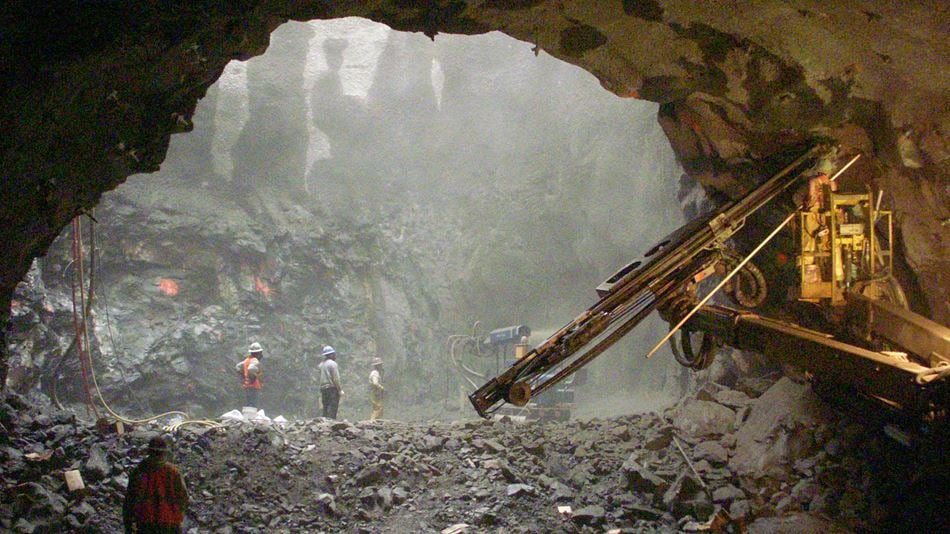
Transferring facilities underground
The study also explored the preliminary feasibility of transferring existing government facilities to rock caverns so as to release above-ground space for the overall benefit of the community. Three facilities were selected to showcase the broad approach by reviewing the technical challenges, constraints and possible solutions.
Further detailed feasibility studies were recommended to be undertaken to address the issues raised.
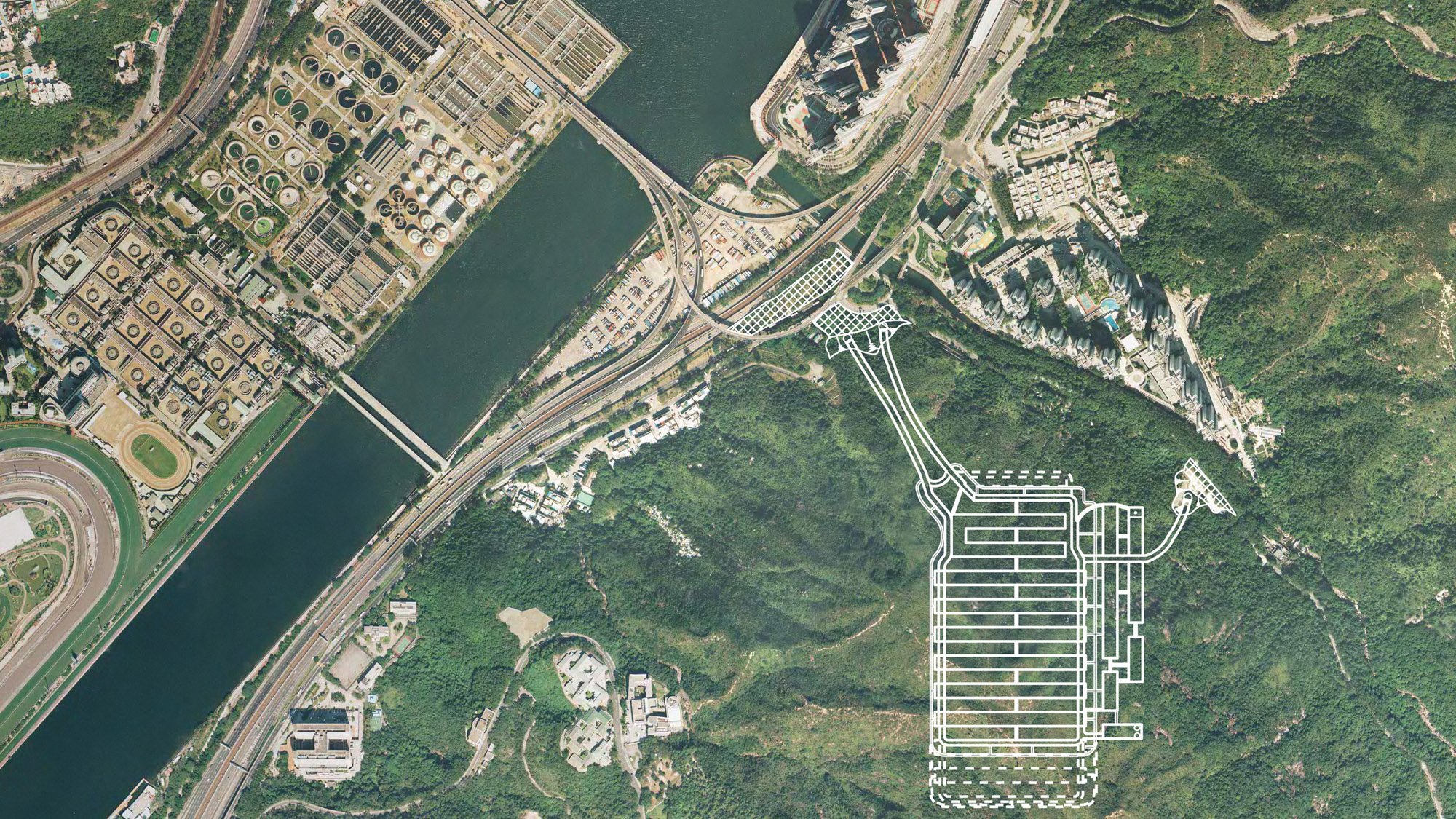 ;
;

